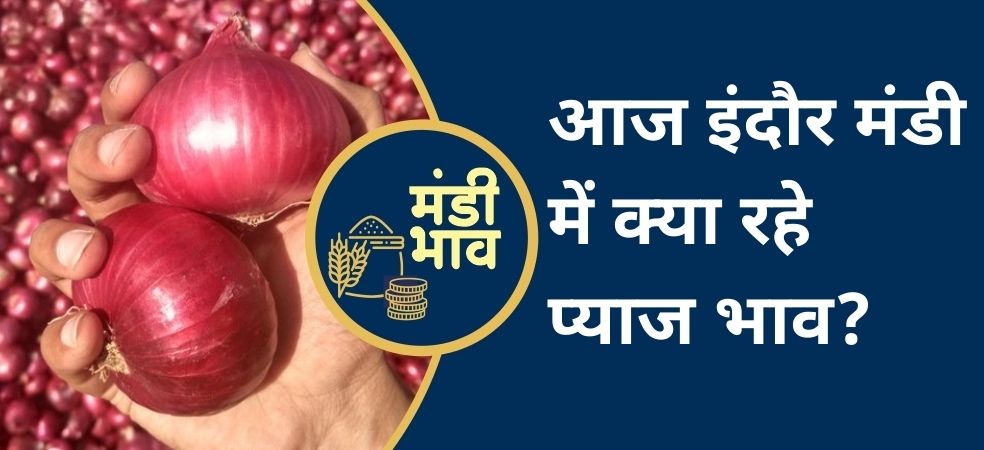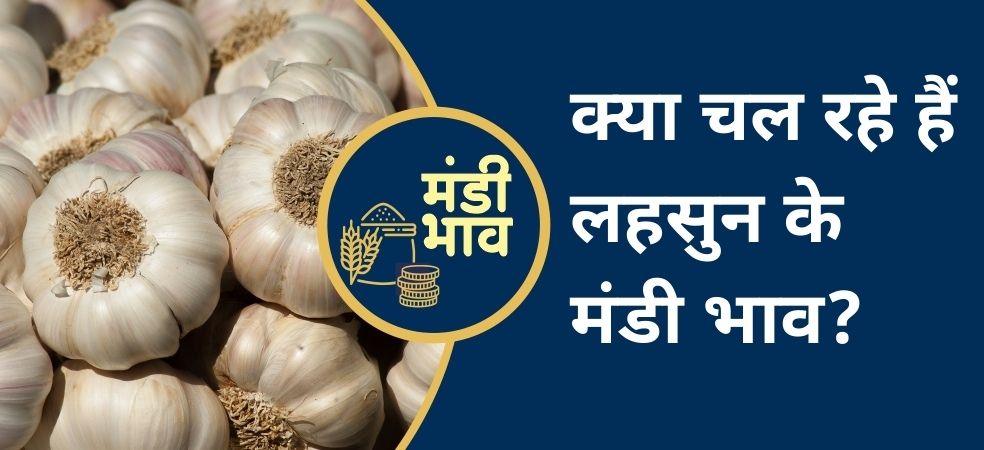Rainy season will start once again in these areas of Madhya Pradesh is about to begin. Heavy rain is also likely in Bihar, Jharkhand, West Bengal and East Uttar Pradesh. Gujarat may also receive heavy rains during the next 24 hours. Monsoon may become active over Kerala including Karnataka, Tamil Nadu and Telangana. Isolated rain may occur over parts of North India including Delhi.
Source: Skymet Weather
ShareBe sure to visit the Gramophone app daily for information on weather forecasts. Share this article with your friends by clicking the share button below.










